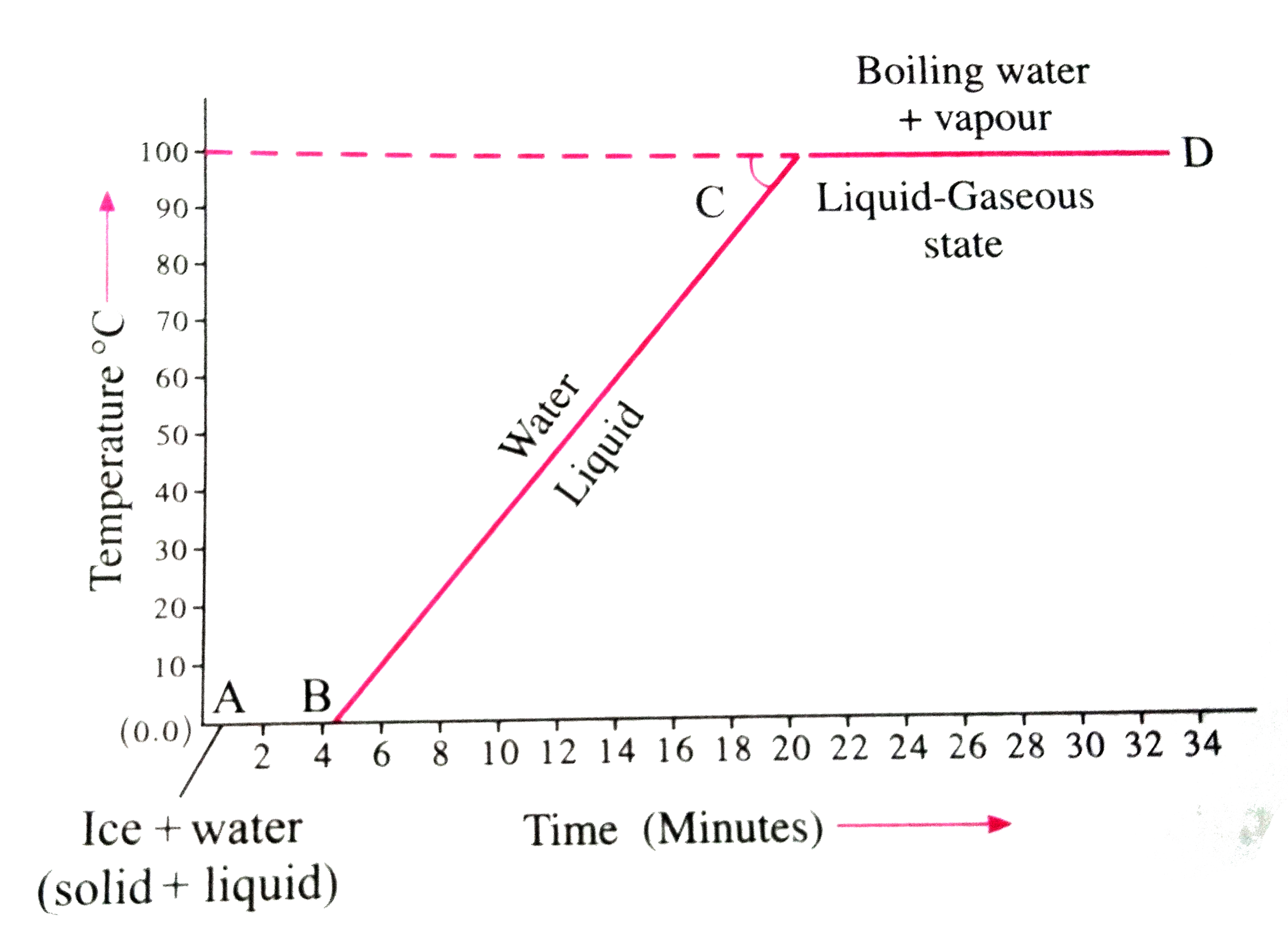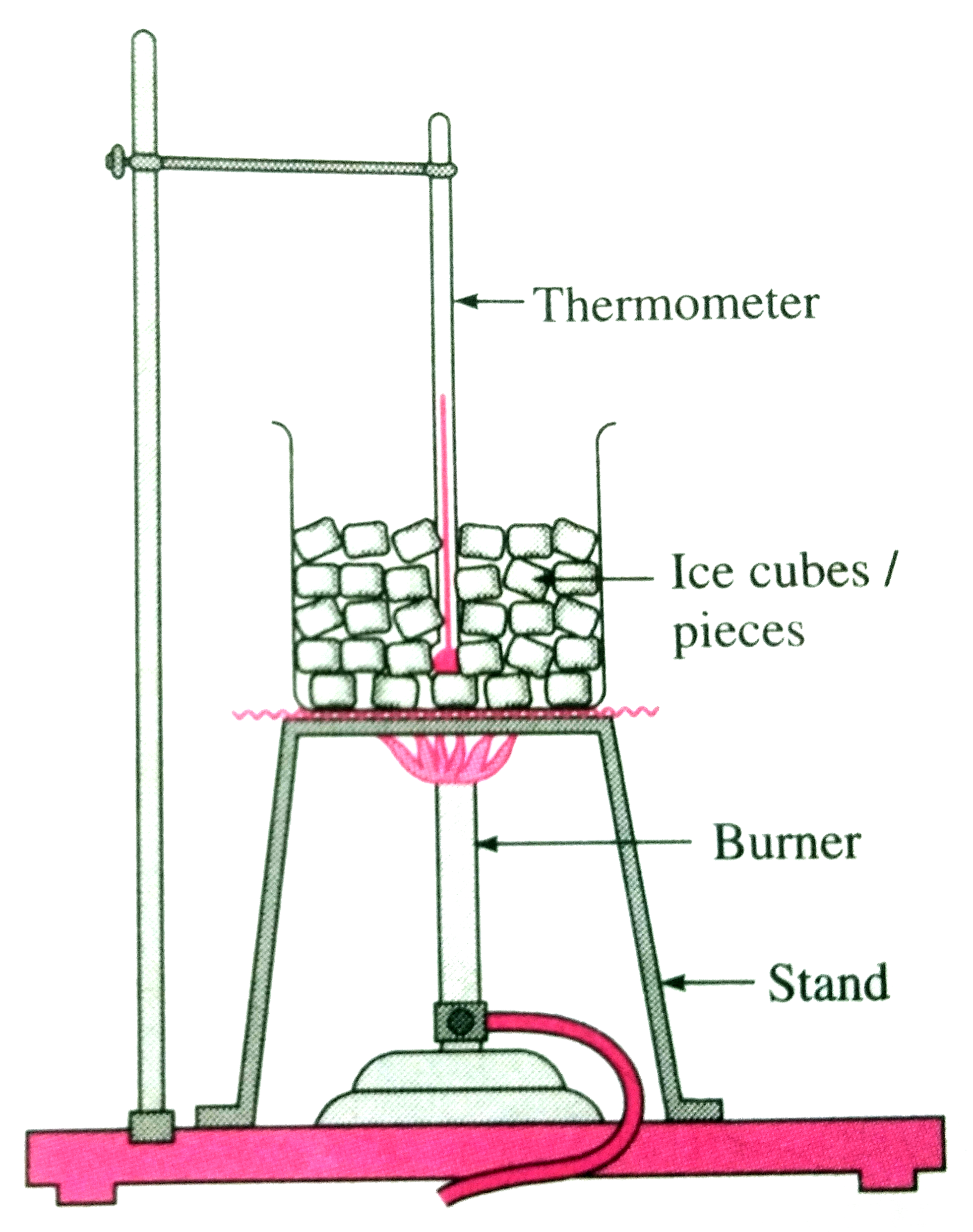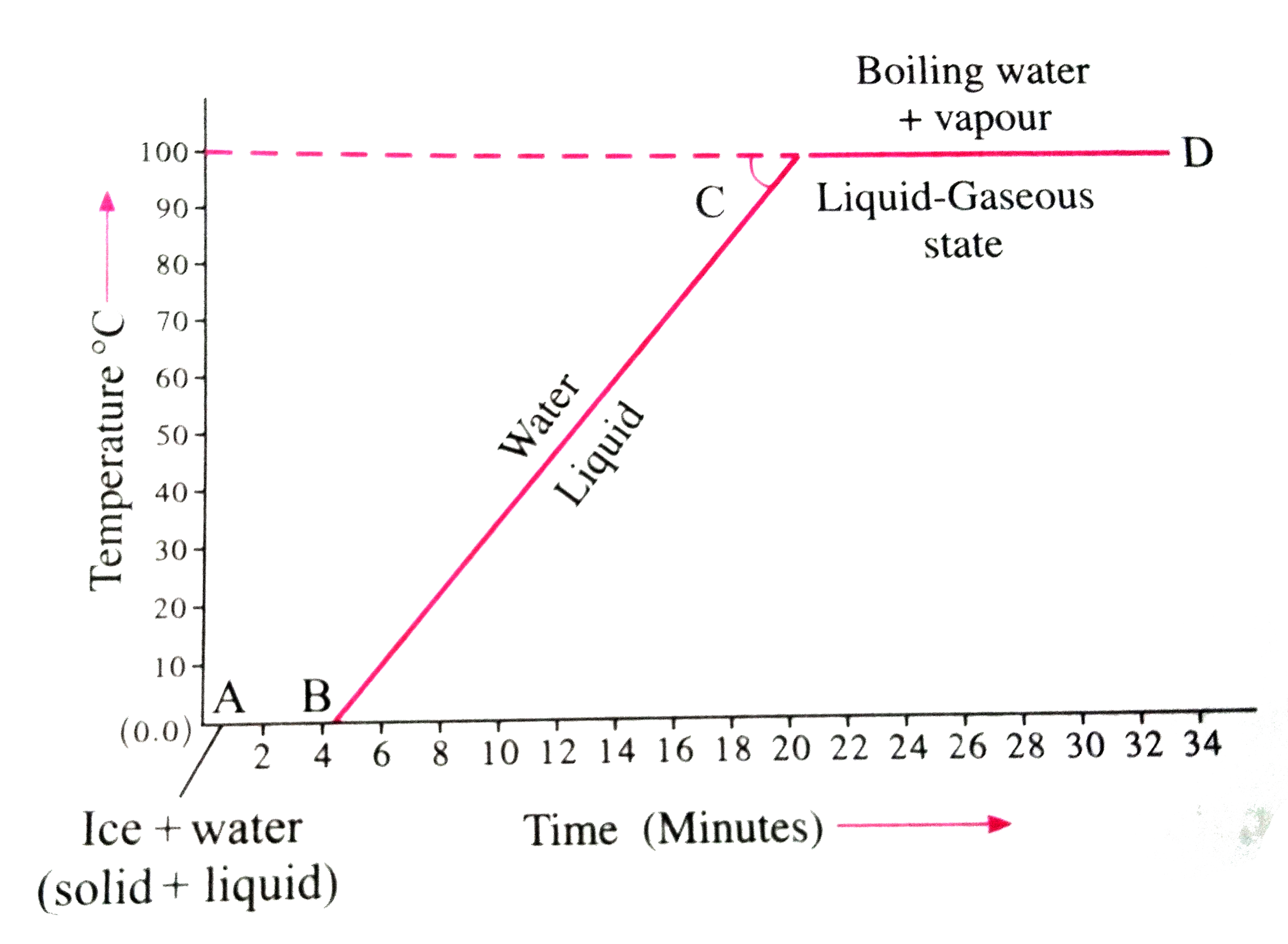Measure the temperature of the following:-
Take (i) a beaker full of water, (ii) a beaker full of soil/sand and (iii) a closed bottle containing a thermometer. Keep them in bright sunlight for three hours. Now measure the temperature of all 3 vessels. Also, take the temperature reading in shade at the same time.
Is the temperature reading more in activity (i) or (ii)?
Activity (i) is taking a beaker full of water
(ii) is a beaker full of soil/sand, and keeping them in sunlight with a thermometer in each beaker.
Temperature reading will be more in activity (ii) than in (i) because soil/sand will absorb more solar radiation than water or soil/sand gets heated up quickly.
Topper's Solved these Questions
- NATURAL RESOURCESBOOK - NCERTCHAPTER - NATURAL RESOURCESEXERCISE - EXERCISE
20 Videos
- NATURAL RESOURCESBOOK - NCERTCHAPTER - NATURAL RESOURCESEXERCISE - Questions
1 Videos
- IMPROVEMENT IN FOOD RESOURCESBOOK - NCERTCHAPTER - IMPROVEMENT IN FOOD RESOURCESEXERCISE - Exercise
26 Videos
- THE FUNDAMENTAL UNIT OF LIFEBOOK - NCERTCHAPTER - THE FUNDAMENTAL UNIT OF LIFEEXERCISE - Exercise
19 Videos
Similar Questions
Is the thermometer reading of the temperature of air (in shade) the same as the temperature of sand or water? What do you think is the reason for this? And why does the temperature have to be measured in the shade?
View SolutionMeasure the temperature of the following:- Take (i) a beaker full of water, (ii) a beaker full of soil/sand and (iii) a closed bottle containing a thermometer. Keep them in bright sunlight for three hours. Now measure the temperature of all 3 vessels. Also, take the temperature reading in shade at the same time.
Is the thermometer reading of the temperature of air (in shade) the same as the temperature of sand or water? What do you think is the reason for this? And why does the temperature have to be measured in the shade?
View Solution
Knowledge Check
A student takes some water in a beaker and heats it over a flame for determining its boiling point. He keeps on taking its temperature reading. He would observe that the temperature of water :
Akeeps on increasing regularlyBkeeps on increasing ireegularlyCfirst increases slowly, then decreases rapidly and eventually becomes constantDfirst increases gradually and then becomes constantWhat happens when a solution of an acid is mixed with a solution of a base in a test tube ? (i) The temperature of the solution increases. (ii) The temperature of the solution decreases. (iii) The temperature of the solution remains the same. (iv) Salt formation takes place.
A(i)onlyB(i) and (iii)C(ii) and (iii)D(i) and (iv)What happens when a solution of an acid is mixed with a solution of a base in a test tube ?
(i) The temperature of the solution increases
(ii) The temperature of the solution decreases
(iii) The temperature of the solution remains the same.
(iv) Salt formation takes place.AOnly (i)B(i) and (iii)C(ii) and (iii)D(i) and (iv)
(1) Take a few pieces of ice in a glass beaker as shown in figure.

(2) Insert the bulb of a thermometer in ice and measure its temperature.
(3) Put the beaker on a stand and heat the ice using a burner.
(4) Record the temperature using the thermometer after every minute.
(5) As the ice is heated,it starts melting. Stir the mixture of ice and water.
(6) Continue the heating even after ice starts melting.
(7) Draw a graph of temperature versus time.

Define boiling point of a liquid. OR What is boiling point of a liquid ?
View Solution(1) Take a few pieces of ice in a glass beaker as shown in figure.

(2) Insert the bulb of a thermometer in ice and measure its temperature.
(3) Put the beaker on a stand and heat the ice using a burner.
(4) Record the temperature using the thermometer after every minute.
(5) As the ice is heated,it starts melting. Stir the mixture of ice and water.
(6) Continue the heating even after ice starts melting.
(7) Draw a graph of temperature versus time.

Define latent heat of fusion
OR
What is latent heat of fusion ? State its units.
View Solution

(1) Take a few pieces of ice in a glass beaker as shown in figure.
(2) Insert the bulb of a thermometer in ice and measure its temperature.
(3) Put the beaker on a stand and heat the ice usinga burner.
(4) Record the temperature using the thermometer after every minute.
(5) As the ice is heated,it starts melting. Stir the mixture of ice and water.
(6) Continue the heating even after ice starts melting.
(7) Draw a graph of temperature versus time.

Explain the following temperature vs time graph.
View Solution(1) Take a few pieces of ice in a glass beaker as shown in figure.

(2) Insert the bulb of a thermometer in ice and measure its temperature.
(3) Put the beaker on a stand and heat the ice using a burner.
(4) Record the temperature using the thermometer after every minute.
(5) As the ice is heated,it starts melting. Stir the mixture of ice and water.
(6) Continue the heating even after ice starts melting.
(7) Draw a graph of temperature versus time.

Explain the term latent heat of vaporization.
View Solution(1) Take a few pieces of ice in a glass beaker as shown in figure.
(2) Insert the bulb of a thermometer in ice and measure its temperature.
(3) Put the beaker on a stand and heat the ice using a burner.
(4) Record the temperature using the thermometer after every minute.
(5) As the ice is heated,it starts melting. Stir the mixture of ice and water.
(6) Continue the heating even after ice starts melting.
(7) Draw a graph of temperature versus time.
Explain the role of latent heat in the change of state of a substance.

View Solution
